Oofta. $300 for a pair of trail shoes? At that price, I half expected them to run for me! That said, the Speedland GL:SVT is loaded with cutting-edge features: dual Boa dials, a removable Carbitex GearFlex plate, a Michelin Fiber Lite outsole with aggressive 6.5mm lugs, and a built-in gaiter. On paper, it sounds like the ultimate trail machine.

But are they worth the steep price tag? Like most things… it depends.
I really wanted to love these shoes. I have friends who swear by them, and influencers rave about them. But after giving them a fair shot, they just didn’t click for me. For all the impressive tech and innovation, something about the overall feel just fell flat…or rather, hot.
Who Is It Good For?
Who is the Speedland GL: SVT a good fit for? For trail runners who need aggressive shoes that can handle technical terrain.
- Wide Feet: They run unisex sizing, so they run on the wider side
- Technical Trails: These were created specifically for technical trails
- Long Runs: I didn’t love these for longer than 10-15 miles, but other testers have run 100-mile races in them.
- Front of the Pack: The carbon plate option appeals to competitive runners.
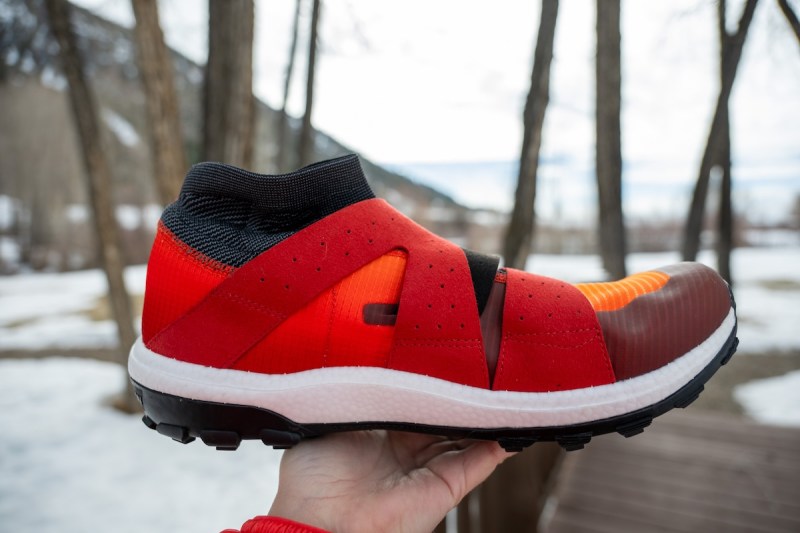
This shoe was made to go fast on technical trails. If you run primarily on buffed-out rolling trails, it might not be the shoe for you.
Speedland GL: SVT Overview
As I mentioned earlier, I really wanted to love these shoes. They check all the boxes on paper—honestly, they feel a little futuristic. Removable carbon plates? Check. Not one, but two Boa lacing systems? Check. Deep 6.5mm lugs for serious traction? Check. It’s everything I read about and thought, this is it.
Maybe my expectations were too high, or maybe it’s just that not every shoe works for every runner.
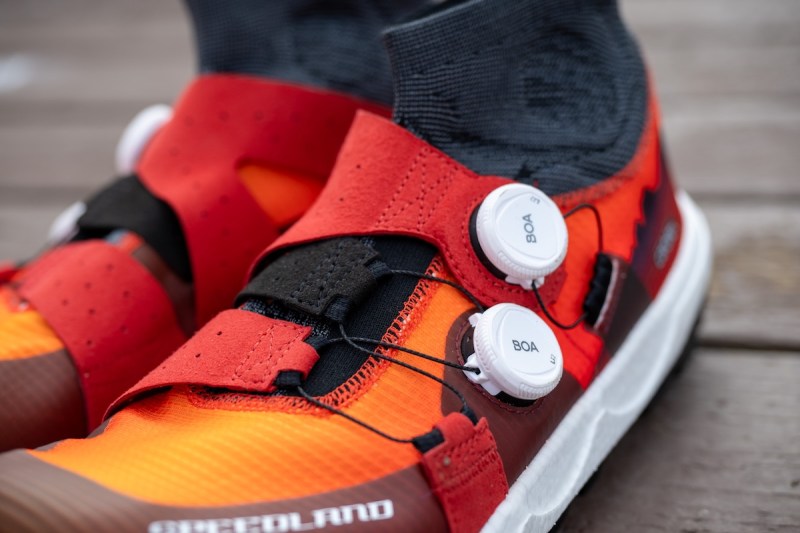
During my runs, I started noticing some hot spots. I figured it was my socks—swapped them out. Still there. Taped my feet. Still happened. I kept running, thinking maybe they just needed to break in. Then came race day: a fast, technical 50k that seemed tailor-made for these shoes.
By mile 24, I was asking my crew (my wife and daughter—neither of whom wear my size) if I could borrow their shoes. That pretty much sealed it. I made it through those final miles, just wanting to be done with them. The word that kept coming to mind? Disappointed.
That said, they’re not terrible shoes by any means. During training, I actually found they performed well for me—up to about mile 12.
They feel snappy and responsive for shorter efforts, and I could see myself using them for fast 21Ks or technical mountain runs where I’m not out for hours on end.
But for anything longer? Especially ultras? They’re just not the shoe I’d reach for again. The fit and feel that works early on didn’t hold up deep into the miles for me.
Speedland GL: SVT Specs
- Weight: 10.7 oz
- Stack Height: 33 mm- 28mm
- Heel Drop: 5 mm
- 1 Color
- Not available in wide- Unisex sizing
- Available on RunningWarehouse.com for $299
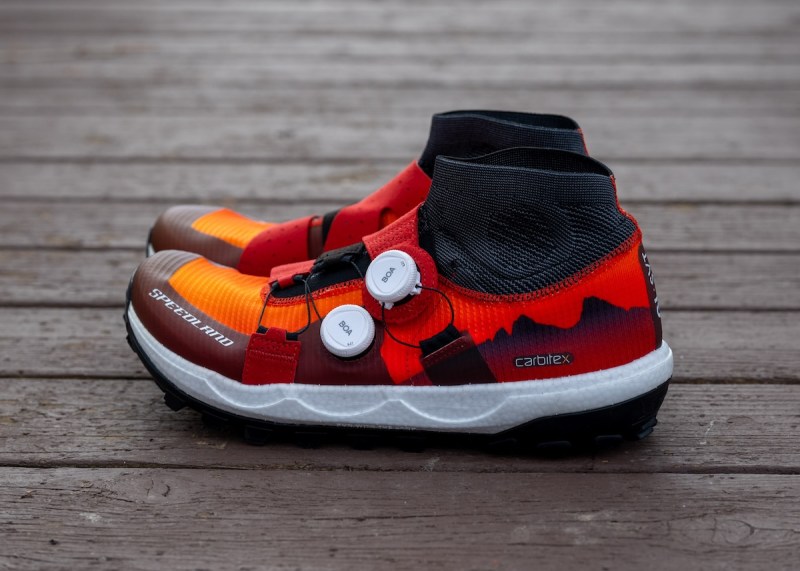
I really like red color with the black. They look fast, and like they mean business!
Speedland GL: SVT Fit
The fit is unisex, and I wear a standard men’s size 12 for reference. The GL: SVT felt true to size—my toes had enough room up front, and the toebox was wide enough to let my toes splay naturally without feeling sloppy or loose. That said, runners with narrower feet might find the fit a bit too roomy.
The upper has a nice amount of cushion and comfort, but it’s still possible to overtighten the dual Boa system and end up with some lace fatigue. There’s a bit of a learning curve when dialing in the perfect fit.
It took me a few runs to really figure out how to adjust the system to match the shape of my foot—but once I did, I genuinely liked it. The laces stayed secure, and I never had to worry about anything coming undone or snagging on trail debris.
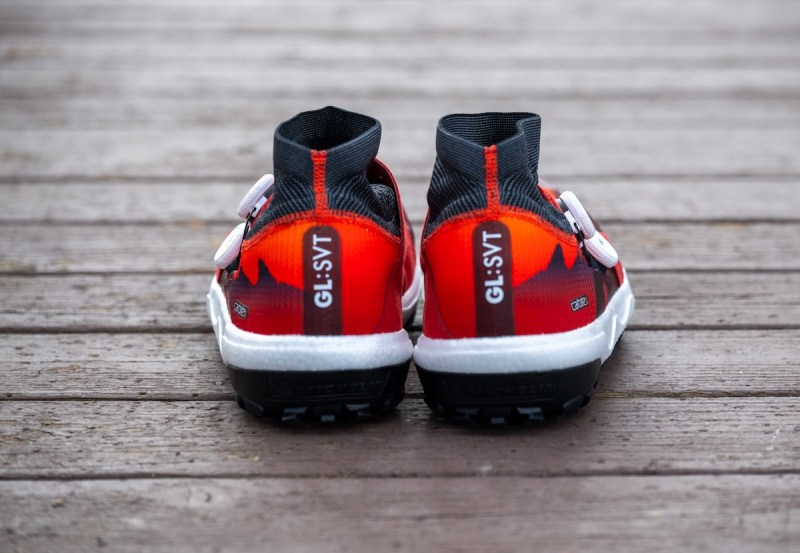
I usually use a heel lock lacing method, so I was curious how that would translate with the Boa setup. Thanks to the deeper heel cup and some experimenting with the dials, I eventually found a fit that kept my heel locked in nicely. Again, it took some trial and error, but I got there.
One important note: these shoes don’t work with custom orthotics. The insole is removable, but it also serves as the attachment point for the carbon plate, so there isn’t room—or compatibility—for most aftermarket insoles. This is something to remember if you rely on custom support.
Speedland GL: SVT Feel
Right out of the box, I really liked the cushion level of the GL: SVT.
Without the carbon plate, the cushioning strikes a nice balance—plush enough to be comfortable but not so soft that it feels unstable. I’d put it in the mid-cushion category, which is pretty comparable to the Hoka Speedgoat.
It delivers a smooth ride that feels energetic without being overly firm. But once you add the carbon plate, everything changes—the shoe becomes noticeably stiffer and more responsive, built for speed rather than comfort.
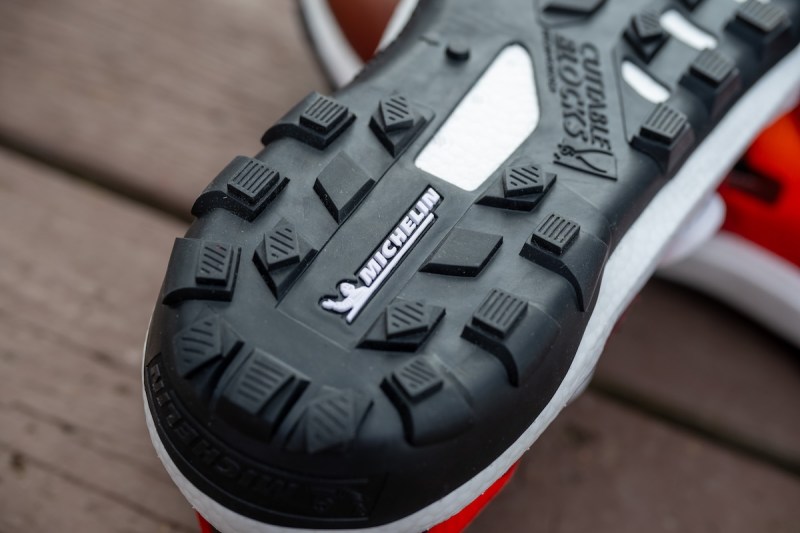
Running with the carbon plate was actually kind of fun. The response was noticeably snappier—even more so than my Altra Mont Blanc Speed shoes. I enjoyed them on shorter, faster efforts, though it did take a few runs to get used to the added stiffness.
One thing I appreciated is that the carbon plate is removable. I was able to train in the same shoe I’d race in—just without the plate—which saved me from needing a separate, dedicated carbon-plated shoe. Honestly, that’s probably part of why the GL: SVT comes with such a high price tag. It’s basically two shoes in one.
The Michelin tire rubber outsole with 6.5mm lugs performed amazingly. The grip was incredible. Whether I was climbing rocky desert trails, bombing muddy descents, or even hitting a few icy patches, I felt totally confident. It’s an absolute 10/10 on traction.
However, I did experience some issues. I consistently got hot spots, and my feet overheated relatively quickly. As I mentioned before, I tried everything—different socks, a thorough break-in period, even squeezing in an extra insole (which really doesn’t work well with this design)—but nothing solved the problem.
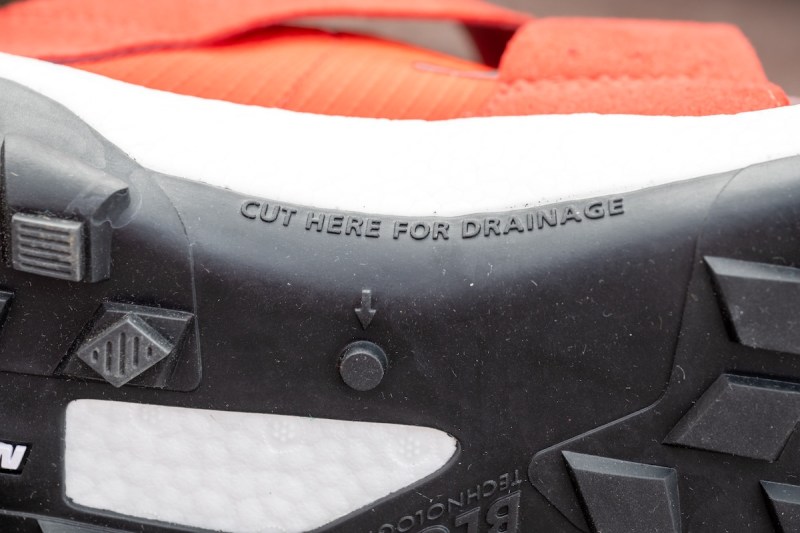
During my race, I even bumped into another runner in the GL: SVT, who told me they had to pull the carbon plates out at mile 24 because their feet were overheating, too. And that was with the plates in.
I wasn’t even running with the plates and still felt the heat building. My guess is that the tight mesh upper, combined with the integrated gaiter, creates a little too much insulation—especially in hotter, low-elevation environments.
Worth noting: Avery Collins, the ultrarunner behind this design, often runs in high alpine terrain near Silverton (SVT), Colorado. So, it makes sense that these shoes might perform better in cooler temperatures at elevation. In my experience, the woven upper does drain well—especially if you cut the built-in drain plug on the bottom—but once temps rise above 70°F, they can start to feel pretty warm.
I know runners who swear by these shoes—one friend wears them for every 100-miler—and online reviews echo that sentiment. So while they didn’t work for my style of running, especially for my longer races, they clearly have a loyal following. And while I’m disappointed they won’t be my go-to for ultras, I’ve still found a place for them in my lineup—for speed days and short, punchy races where they really shine.
Similar Shoes to the Speedland GL: SVT
We’ve tested a few that feel similar but different based on the brand fit:
- Altra Mont Blanc Speed– a wider version but offers a similar cushion
- Hoka Speedgoat– similar cushion with no carbon plate
- Hoka Tecton X3 – bouncy carbon plated trail shoe with a built in gator
It’s a really interesting shoe and we know it’s a win for some, but just didn’t hit all the right notes for us.
Checkout the full details for yourself.
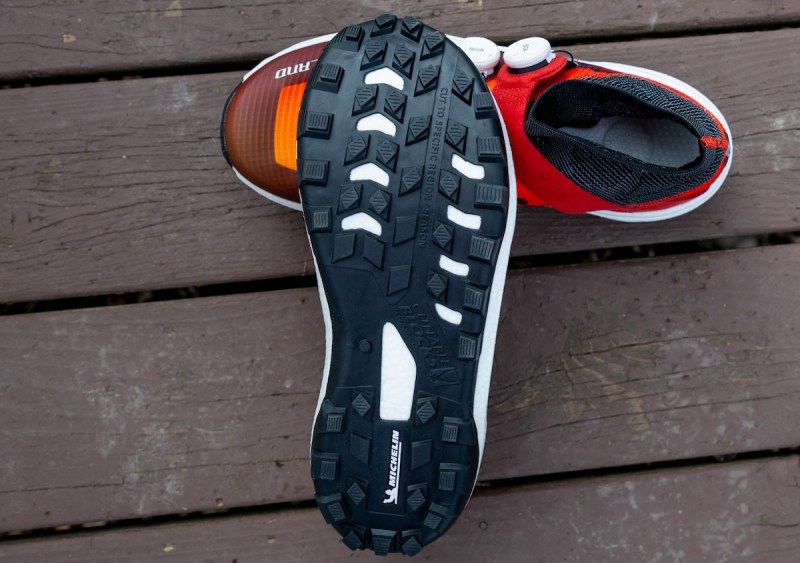
Who Tested It
Hi, I’m John, a 40-year-old runner who is passionate about pushing my limits. I played college and coached high school basketball, but these days, I’ve traded the court for the trails, running races ranging from 5Ks to 100 miles. The mountains are my favorite place to run; the rugged terrain and stunning views make every step worth it.
I also mix up my routine with cross-training, enjoying Nordic and backcountry skiing in the winter, and biking during the summer months. When I’m not running or adventuring outdoors, you can find me fly-fishing with my family.
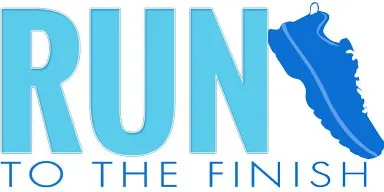


 Title Nine Gear Review | Women’s Running Apparel By Women
Title Nine Gear Review | Women’s Running Apparel By Women